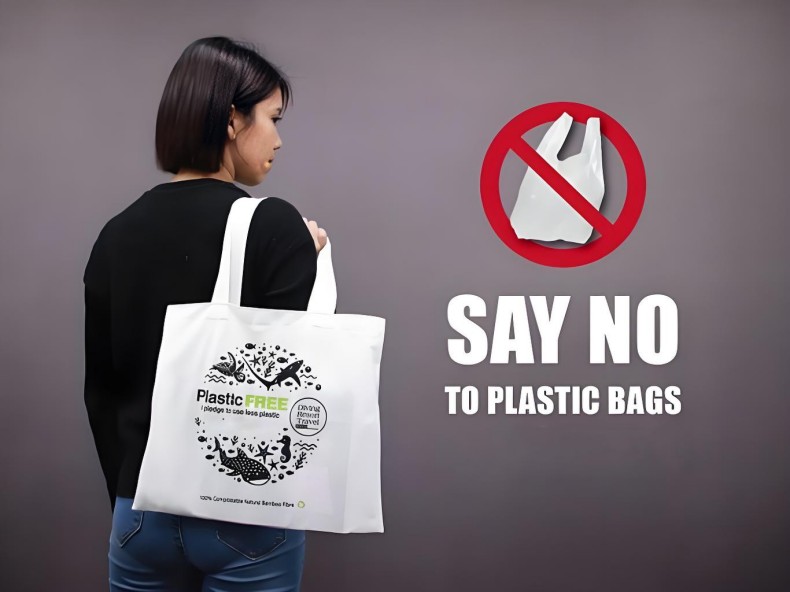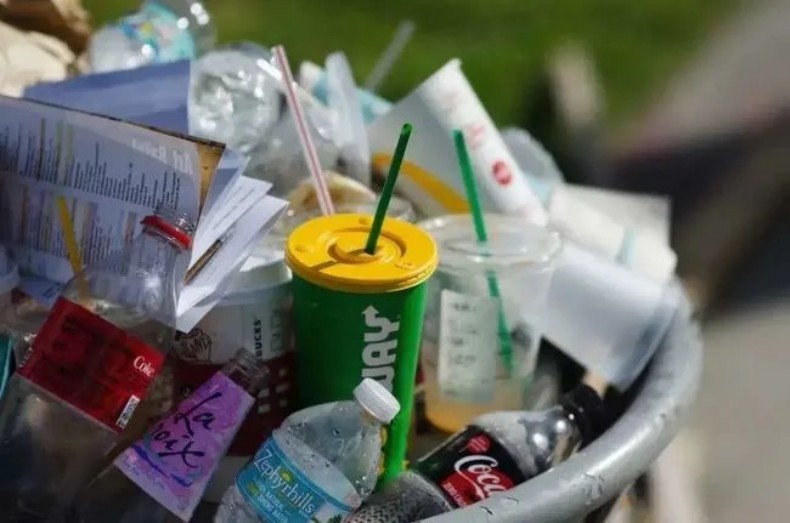
On July 1, 2025, it will become a landmark node in the environmental protection process in the United States. On this day, the multi state "plastic ban" officially came into effect, marking the start of a comprehensive transformation from the end of consumption to the social structure. The paid paper bags in front of the supermarket checkout counter are the most intuitive epitome of this paradigm shift - the low-cost era of "plastic convenience" has come to an end. The chain reaction quickly spread to all corners: the catering industry said goodbye to polystyrene foam lunch boxes, and the hotel industry abandoned small plastic cleaning bottles. In Delaware, the coercive power of regulations is reshaping the business ecosystem, with restaurant owners not only having to replace containers, but also retraining their employees on how to deal with new regulations that require customers to proactively request straws. This is a huge impact on operational inertia, "said a restaurant manager, whose words condensed the pains and choices faced by countless enterprises in this wave of green transformation.
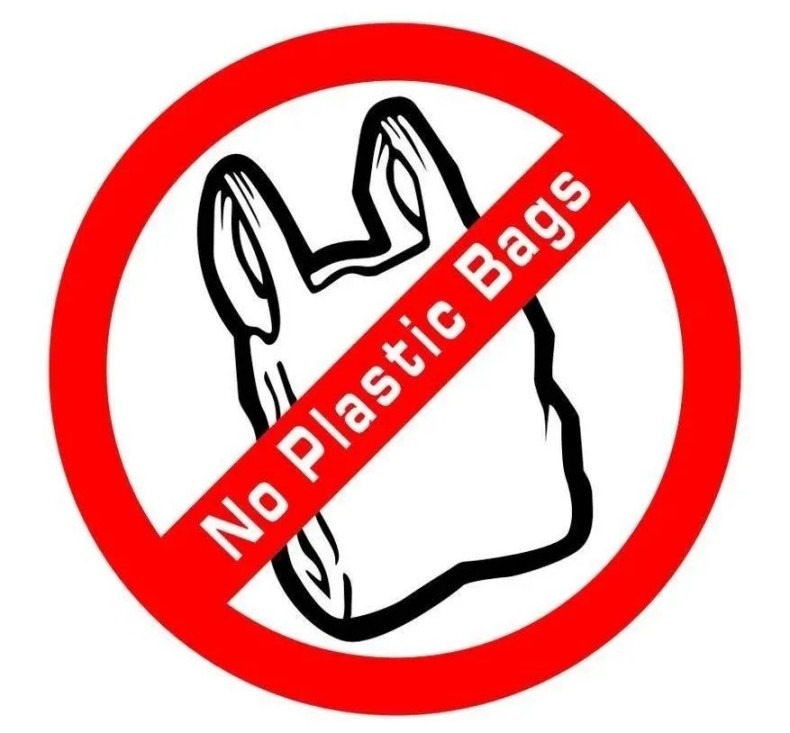
A few things you need to know about the latest "plastic ban" in the United States:
Q: Will the United States ban plastic on July 1, 2025?
Answer: No. This is a common misconception. In fact, multiple states began implementing their own newly passed regulations around this day. This is a "multi state linkage" rather than a "national unification" action, so the regulations vary from state to state.
Q: What specific impacts will my daily life be affected by?
Answer: It depends on your state. For example:
In Delaware, you won't be able to get a styrofoam lunch box or plastic mixing stick.
In Virginia, large chain restaurants will also ban foam lunch boxes.
In Illinois (effective from 2026), large hotels will no longer provide disposable shampoo bottles.
Q: Are these bans just prohibiting the use of certain things? Is there any deeper content?
Answer: Yes, this is the core of this change. In addition to directly banning certain products, states like Oregon and Minnesota are implementing a program called Extended Producer Responsibility (EPR). Simply put, it means' whoever produces is responsible '. In the future, companies that manufacture packaging and tableware must invest in managing the waste generated after the use of these products.
Q: Why is there such a system as EPR?
Answer: The purpose is to solve the problem from the source. In the past, the cost of garbage disposal was borne by the government and taxpayers. The EPR system forces manufacturers to consider recycling and environmental issues when designing products, as this directly affects their costs. This is a crucial step in driving the entire industry towards a more sustainable direction.
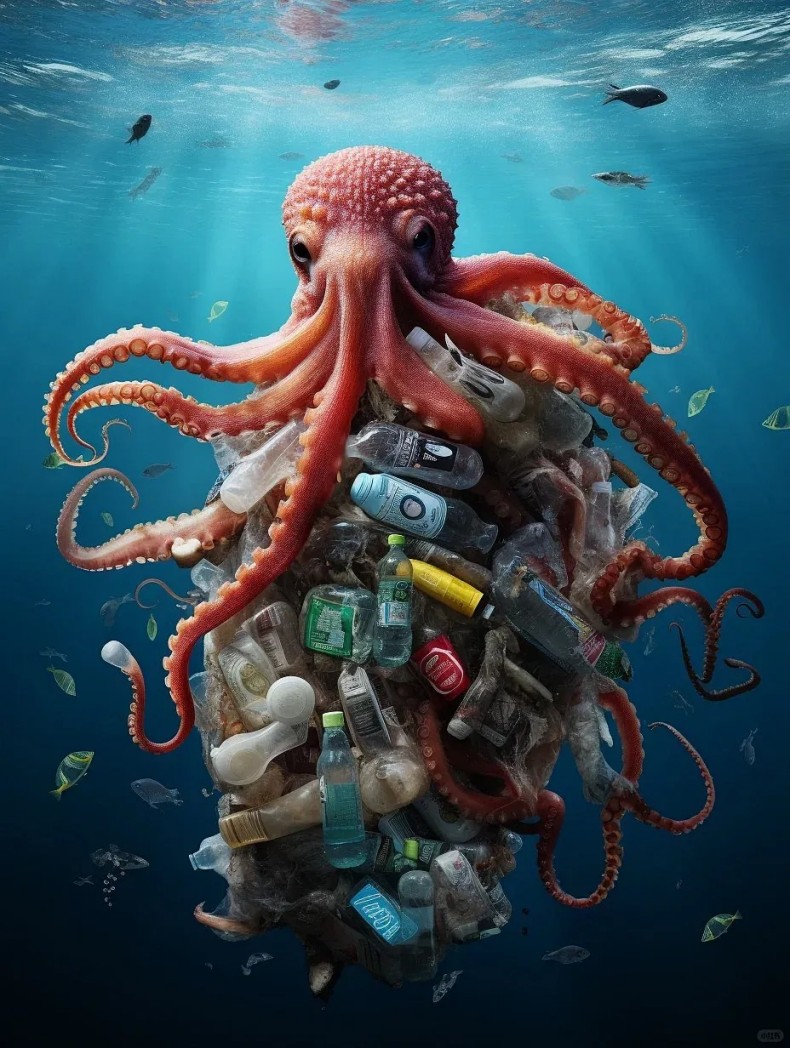
More disruptive than consumer bans is the mandatory implementation of Extended Producer Responsibility (EPR) in this legislative wave. This marks a profound economic model shift: the management cost of plastic waste is forcibly transferred back from public finances (i.e. taxpayers) and consumers to its producers.
The Oregon bill is a model that concretizes responsibility into two core obligations: joining producer responsibility organizations (PROs) and providing funding for the final disposal of products. This is equivalent to pre calculating the "afterlife" cost of the product into its total lifecycle cost.
Minnesota and Colorado have provided key supporting measures at the implementation level: the former has set a registration deadline and completed the confirmation of responsible parties; The latter provides a basis for subsequent regulation and cost accounting through a data reporting mechanism.
Behind this series of combination punches is a clear economic signal: the full lifecycle management from cradle to grave will no longer be an environmental slogan, but a legal standard that enterprises must comply with and a business cost that must be accounted for. The business model of 'end of responsibility' that used to push products to the market is being replaced by a new economic model that internalizes environmental costs.
At least 12 states, including California, New York, and New Jersey, have legislated to prohibit the use of disposable plastic bags in the retail industry. This series of legislative actions is not accidental, but based on the following severe data:
Per capita consumption: The United States uses approximately 300 plastic bags per person per year, totaling 100 billion bags, creating a huge consumption inertia.
Global perspective: The annual global consumption is as high as 5 trillion units, indicating that this is a global environmental challenge.
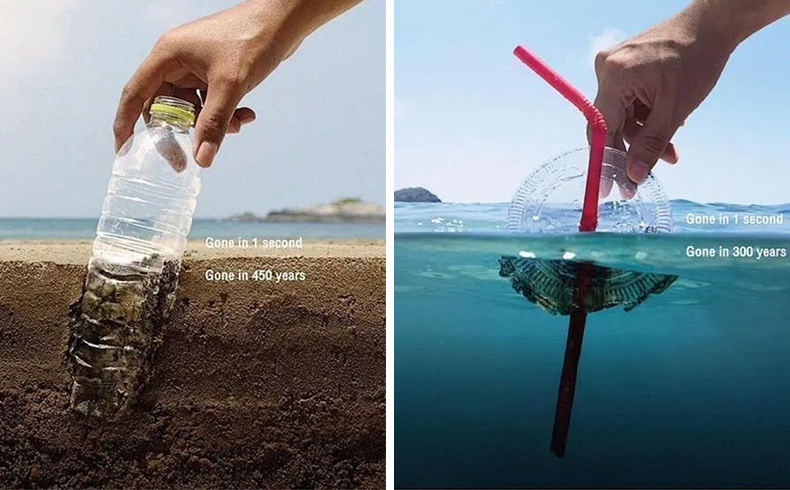
Ecological consequences:
Marine pollution: Plastic bags account for about 10% of the total amount of garbage along the US coastline and are the main component of the ocean's "plastic vortex".
Land pressure: Plastic products occupy 19% of the volume of landfills, becoming a long-term burden on land resources.
Systemic failure: The global recycling rate for plastic products is only 9%. This data reveals a core issue: the governance model relying on end of pipe recycling has failed, with the vast majority of plastic products becoming permanent pollutants after a single use.

With the expansion of the ban scope, the research and production of biodegradable materials and reusable packaging have become hot topics. The market demand for biodegradable plastics is further driven, creating opportunities for industries such as plastic recycling and waste management. The existing alternative products are still in the early stage of commercialization, with production not yet on a large scale, generally high costs, and performance that is difficult to match. In 2017, the global production capacity of biodegradable bioplastics was only 2 million tons per year, less than 1% of the annual global demand for plastics, and the price was two to three times higher than that of ordinary plastics.
